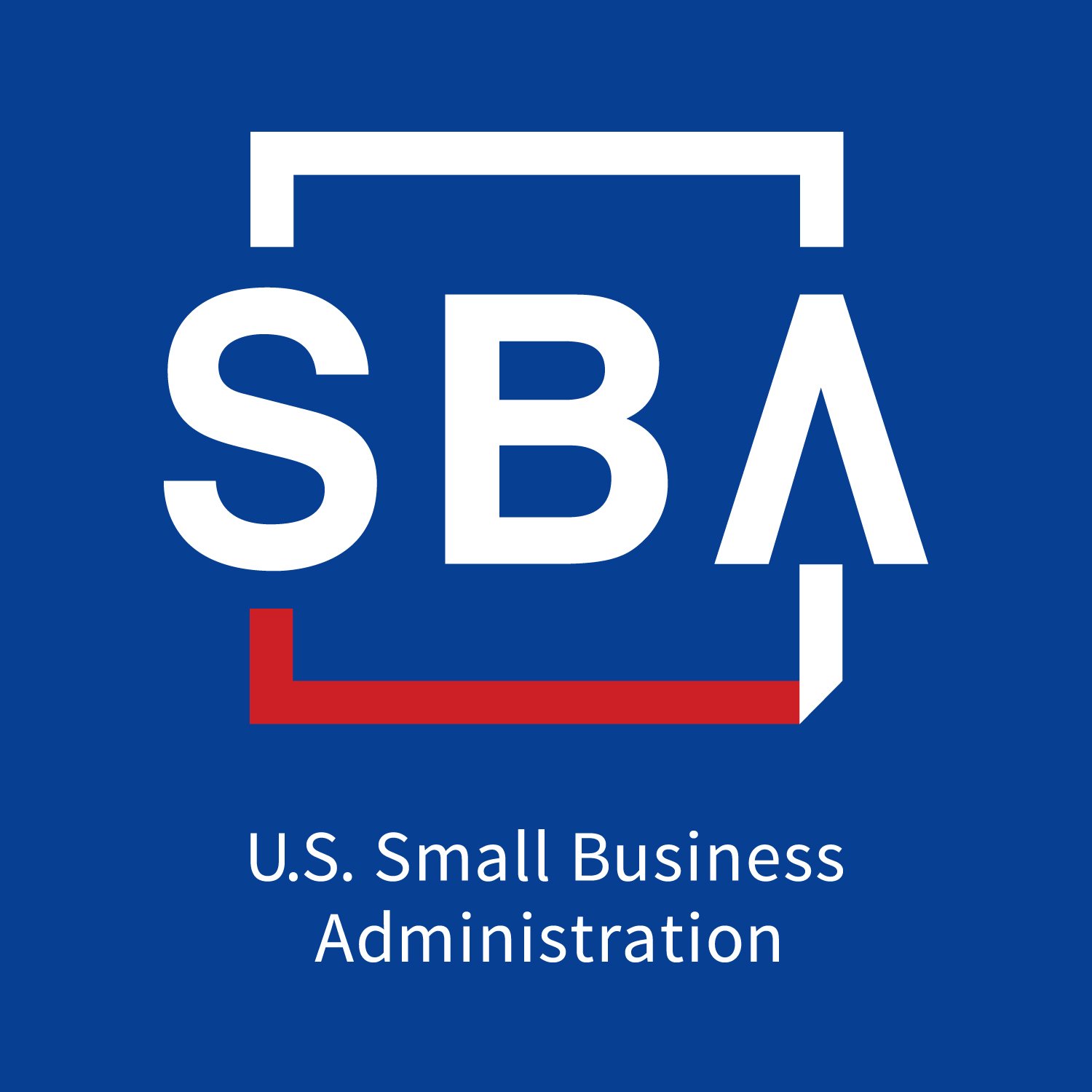What are the different HUBZone designations?
- Qualified Census Tracts - designated by the Department of Housing and Urban Development (HUD) based on poverty and household income criteria
• A census tract is a statistical subdivision of a county that may include a few neighborhoods in a city or, in rural areas, may include several towns. Census tract populations range in size between 1,200 and 8,000 people. To qualify for HUBZone designation, a census tract must either demonstrate a poverty rate of at least 25percent, or 50 percent or more of its households must have incomes below 60 percent of the area median gross income.
• HUD’s Low-Income Housing Tax Credit program statutorily mandates that the number of qualified census tracts in a metropolitan statistical area (MSA) may not contain more than 20 percent of the population of that MSA. As such, it is possible for a tract to meet the above criteria, but not be designated as a Qualified Census Tract. - Qualified Non-Metropolitan Counties—counties located in non-metropolitan areas that meet at least one of the following socio-economic criteria
• Median household income in the county must be less than 80 percent of the state median household income (per the Census Bureau).
• Unemployment rate in the county must be at least 140 percent of either the national or state unemployment rate (per the Bureau of Labor Statistics).
• The county must be classified as a Difficult Development Area (formally designated by HUD) and located within Alaska, Hawaii, or any territory or possession of the United States. - Redesignated Areas—Qualified Census Tracts and Qualified Non-Metropolitan Counties that have lost their HUBZone status due to changes in income levels, unemployment, or poverty levels •
When that happens, the census tract or county is categorized as a Redesignated Area and remains qualified as a HUBZone-designated area for a period of three years to allow small businesses to adapt to this change. - Qualified Indian Land—lands contained within the boundaries of an Indian reservation, Indian country, or any other specific definition that applies in the State of Oklahoma
• Trust lands acquired by an Indian reservation or tribe after December 21, 2000, do not qualify as a HUBZone, unless they are part of a current or former reservation, or they are contiguous to areas that were trust lands prior to December 21, 2000. - Qualified Disaster Areas—includes the census tracts and counties declared major or catastrophic disaster areas by the president of the United States
• For a census tract or county to be designated as a Qualified Disaster Area, it must have become a Redesignated Census Tract or Redesignated County within the five years prior to the disaster declaration date.
• A Qualified Disaster Area’s designation starts on the date of the disaster declaration and ends on the effective date of the following five-year map update. - Governor-Designated Areas—certain rural areas that state governors have petitioned the SBA to designate as HUBZones
• To be eligible for designation, an area must:
—Be a rural area located outside of urbanized areas (as defined by the Census)
—Have a population of 50,000 or less
—Have an average unemployment rate of at least 120 percent of the average unemployment rate for the U.S. or the state (whichever is lowest)
All information provided by the U.S. Small Business Administration
